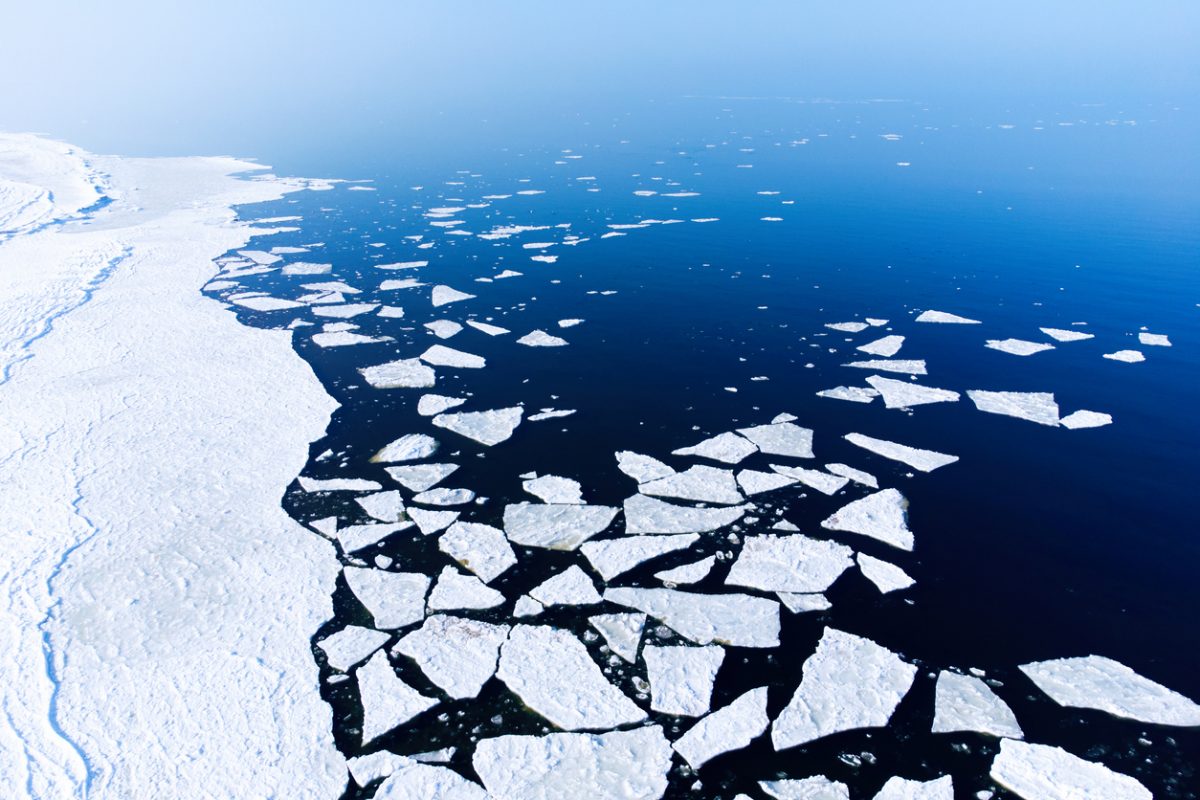Critical mineral exploration promoted in a sustainable manner.
In the Arctic region, the effects of climate change are most visible. On the one hand, the melting ice means fewer habitats for some Arctic inhabitants. On the other hand, ice-free Arctic summers present economic possibilities in forms such as new shipping routes and deposits of natural resources opening up. To prevent the Arctic from becoming a Wild West without rules and constraints to protect the environment, the Biden Administration unveiled the United States’ National Strategy for the Arctic Region (NSAR) one year ago. Now, one year later, the U.S. Government presented its implementation plan (PDF) for the strategy, laying out the agenda that dictates the strategy’s next steps.
The NSAR rests on four reinforcing pillars, which, in addition to expanding the military presence in the northernmost state of Alaska, are intended to advance sustainable economic development in the region while acknowledging the environmental surroundings. This includes, among other fields, the sphere of critical minerals. Here, the implementation plan sets out to map areas of interest, such as the Yukon-Tanana Upland near the Canadian border, where deposits of critical minerals such as tungsten are possibly underground. It also outlines the establishment of an expanded U.S.-Canada Arctic Dialogue with a focus on identifying barriers to investment and opportunities for government policies to address them. In addition to its northern neighbor, the plan also promotes increased cooperation with the arctic autonomous territory of Denmark, Greenland.
Chinese investment in Greenland, for example, had raised concerns a few years ago that other motives besides economic interests were behind the People’s Republic’s investments (PDF). In addition, just a few days ago, Russia raised its forecast for the amount of cargo that can be shipped by 2030 via its Northern Sea Route through the Arctic by 50 percent. The NSAR, hence, also aims to level the playing field in the context of Russia and China gaining influence in the Arctic.
Photo: iStock/grinvalds


